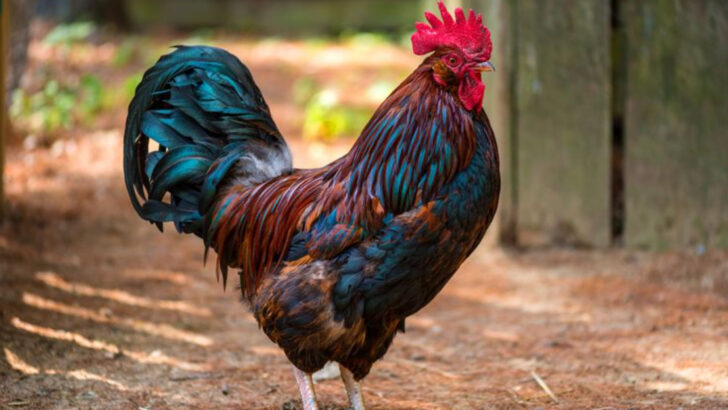Roosters are often seen as nothing more than nature’s alarm clocks, crowing at sunrise to wake up the world.
However, these charismatic birds are full of surprises and play vital roles in their ecosystems and cultures.
From their complex social dynamics to their unique contributions to agriculture, roosters have much to offer beyond their morning calls.
This blog post explores twelve fascinating aspects of roosters that many people may not be aware of, delving into their behaviors, historical significance, and much more.
Rooster Crowing
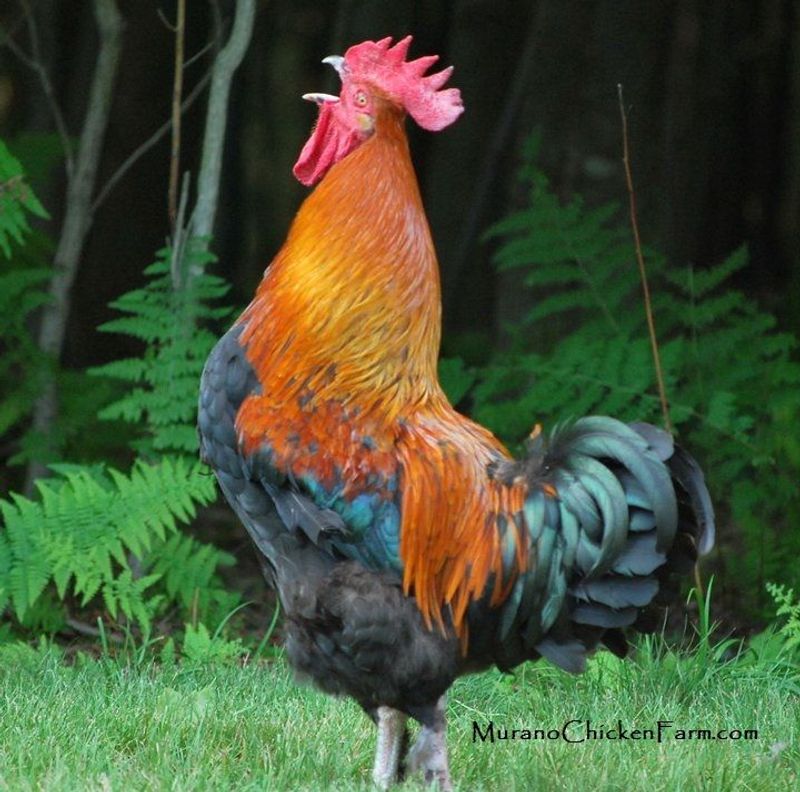
The image of a rooster crowing at dawn is iconic. However, roosters don’t just crow in the morning. These vocal birds use their crowing to establish territory and communicate with other chickens at any time of day.
Roosters have a unique internal clock that helps them crow at specific times, ensuring their voices resonate with purpose and meaning.
Their crowing serves as a natural alarm clock for their flock, but it also plays a role in maintaining the social hierarchy within a group of chickens.
Rooster Social Hierarchy

In the world of chickens, roosters are often seen as leaders. They establish complex social hierarchies within their flocks.
A rooster’s position in the pecking order determines his access to food and mates. This hierarchy is continuously reinforced through non-verbal cues, such as feather displays and crowing. Distinct behaviors ensure that harmony is maintained among the flock.
This intricate social structure is vital for the well-being of the entire group, as it minimizes conflicts and promotes cooperation.
Roosters in Folklore

Roosters have long been a staple in folklore and mythology. Many cultures view them as symbols of courage and vigilance.
In some legends, roosters are believed to ward off evil spirits with their crowing. Their presence in folklore highlights their significance in human history. The folklore surrounding roosters adds a layer of cultural richness to their identity, illustrating the deep connection between humans and these intriguing birds.
Roosters’ Protective Nature

Roosters are known for their protective instincts. They keep a watchful eye over hens and alert them to potential threats. With keen senses, they often spot danger before other members of the flock.
If a predator approaches, a rooster will sound an alarm and may even confront the threat to protect his group. Their bravery and vigilance play a crucial role in the survival of the flock, making them indispensable members of the farm.
Rooster Varieties
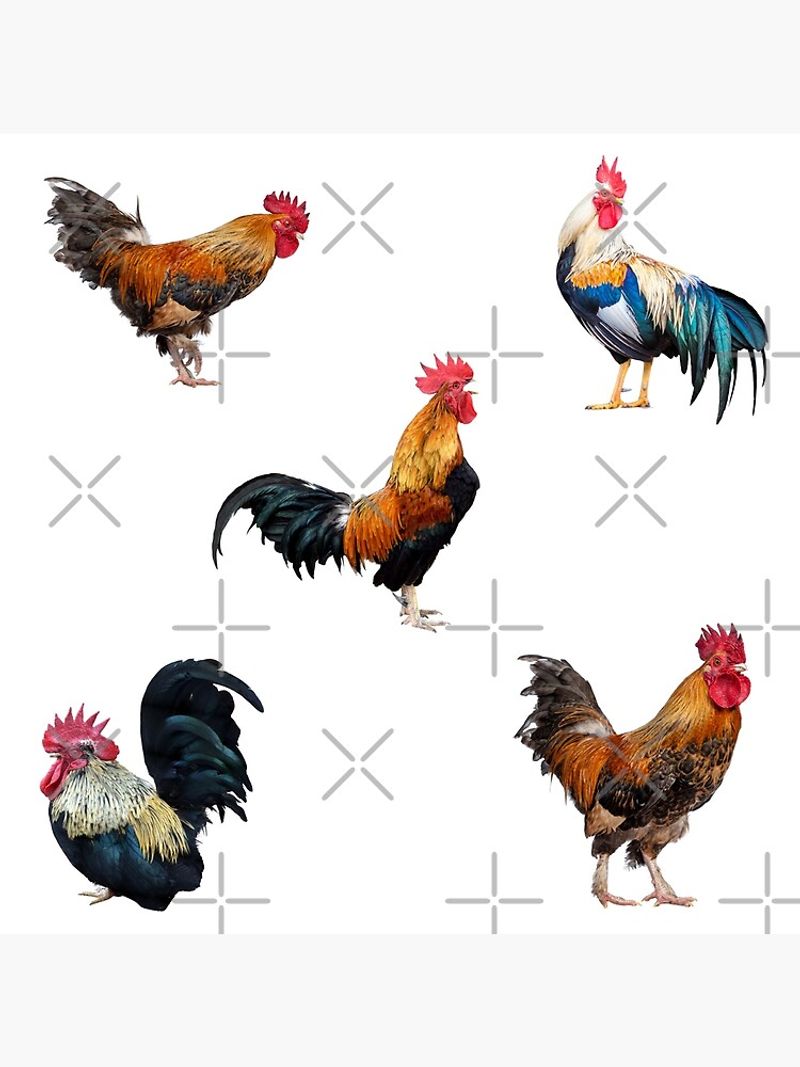
Roosters come in a wide array of breeds, each with unique characteristics. From the majestic Leghorn to the robust Brahma, these birds display a stunning variety of colors and feather patterns.
Some roosters are prized for their ornamental beauty, while others are valued for their size and strength.
This diversity not only adds to the visual appeal of roosters but also speaks to their adaptability and evolution over time, enriching the world of poultry.
Rooster Diet and Foraging
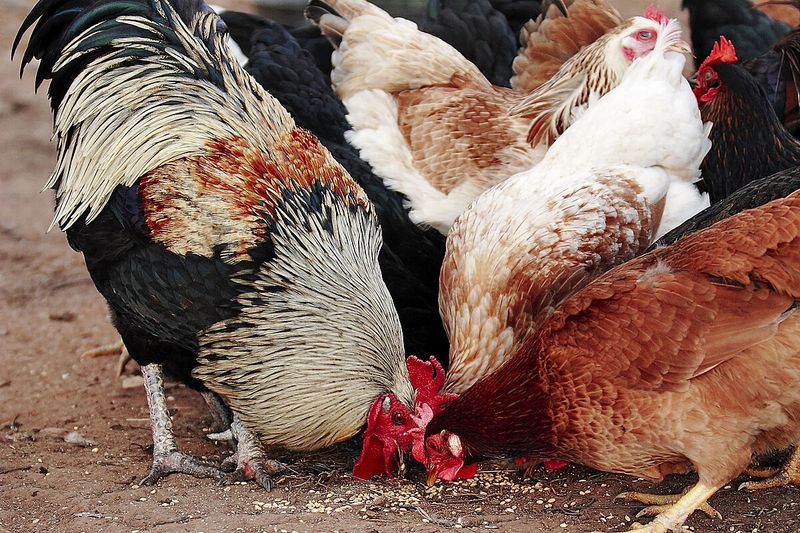
Roosters are omnivores, meaning their diet includes both plants and animals. Foraging for food is a natural behavior, and they play a significant role in pest control on farms.
By pecking at the ground, they consume insects and help maintain the balance of the ecosystem. Their foraging habits not only provide nutritional benefits but also contribute to agricultural productivity by reducing the need for chemical pest controls.
Roosters and Agriculture
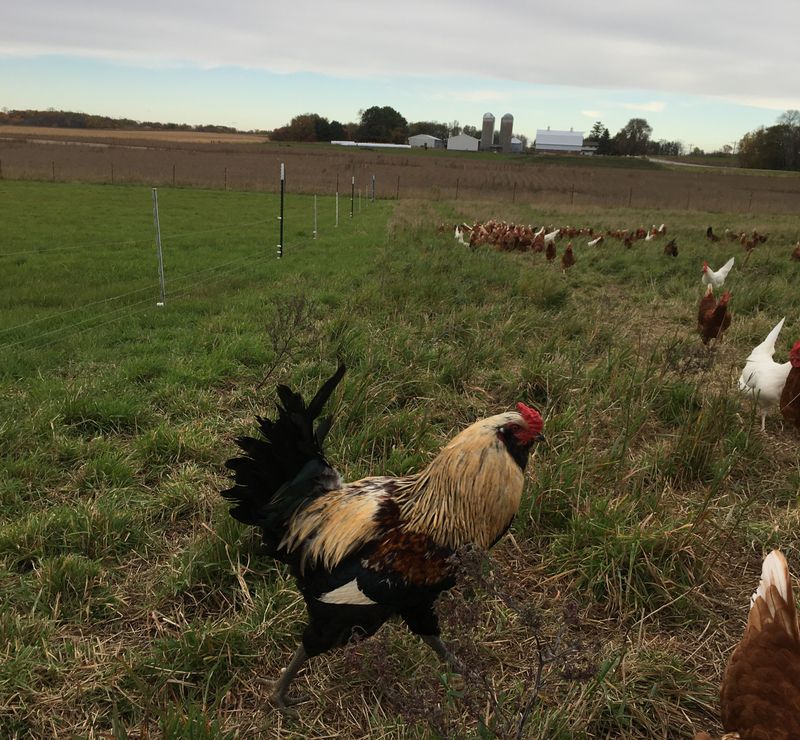
Roosters contribute to agriculture in various ways. Beyond their role in pest control, they aid in fertilization by scratching the soil and spreading seeds.
Their natural behaviors enhance soil health and promote crop growth. Farmers value roosters for their contributions to sustainability.
These birds are more than just poultry; they are integral to farming ecosystems, where their presence supports both plant and animal life, ensuring a thriving agricultural environment.
Rooster Lifespan and Health
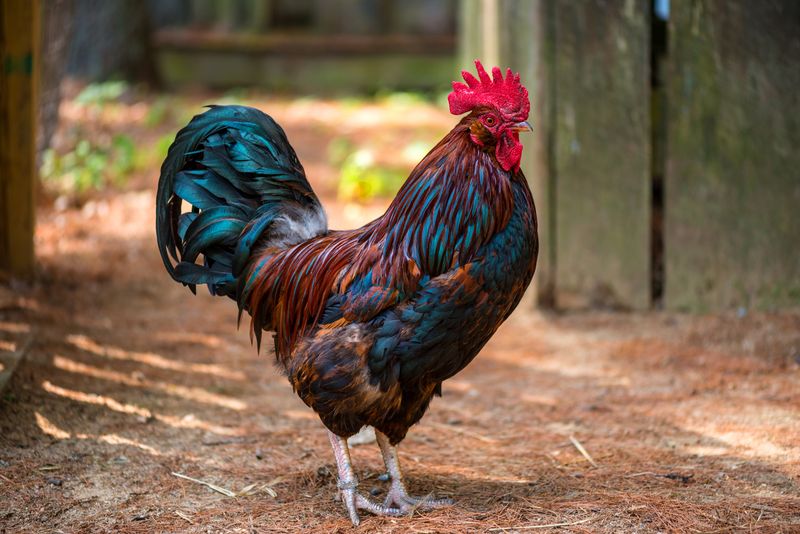
Roosters typically have a lifespan of 5 to 8 years, depending on their environment and care. Proper nutrition, safe shelter, and regular health check-ups are essential for their well-being.
Common health issues include parasites and respiratory infections. By providing attentive care, owners can ensure their roosters lead long, healthy lives.
The commitment to their health not only benefits the birds but also enhances the quality of life for the entire flock.
Rooster Communication

Roosters are not just loud; they are sophisticated communicators. With a range of vocalizations, they convey information about food, danger, and social interactions.
Each sound has a specific meaning, understood by other chickens in the flock. This vocal complexity reflects their intelligence and the intricate social bonds within the group.
Understanding their communication can provide valuable insights into the dynamics of poultry behavior and the role of roosters within it.
Rooster Aesthetic Appeal
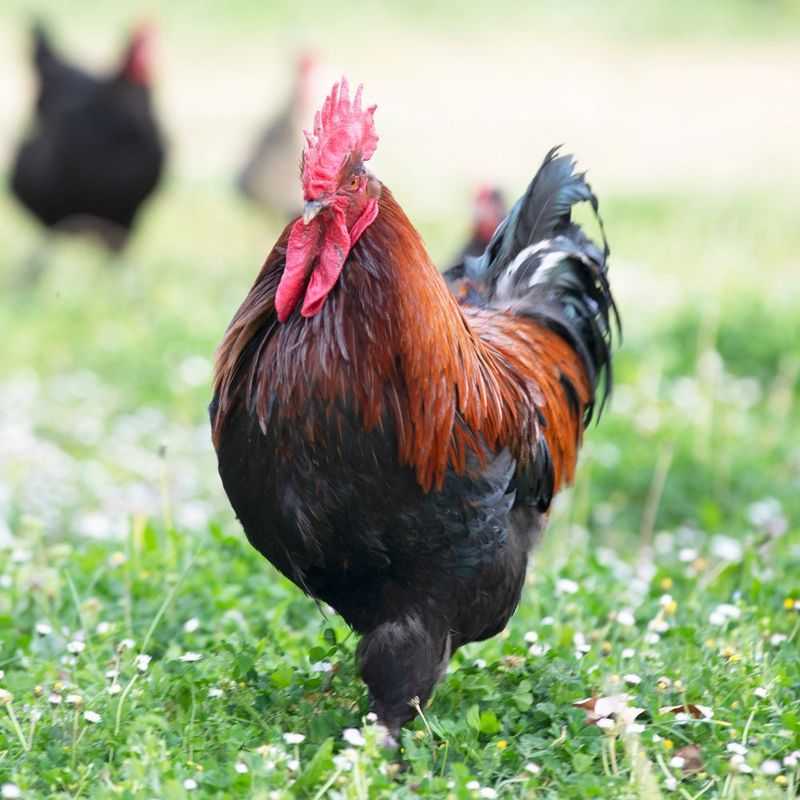
Roosters are often admired for their striking appearance. Their plumage, with iridescent feathers, can captivate anyone who sees them.
These visual attributes are not just for show; they play a role in attracting mates and establishing dominance. The aesthetic allure of roosters has made them popular in art and photography.
Their vibrant colors and regal demeanor add a touch of majesty to any setting, celebrating the natural beauty of these remarkable birds.
Rooster’s Role in Breeding
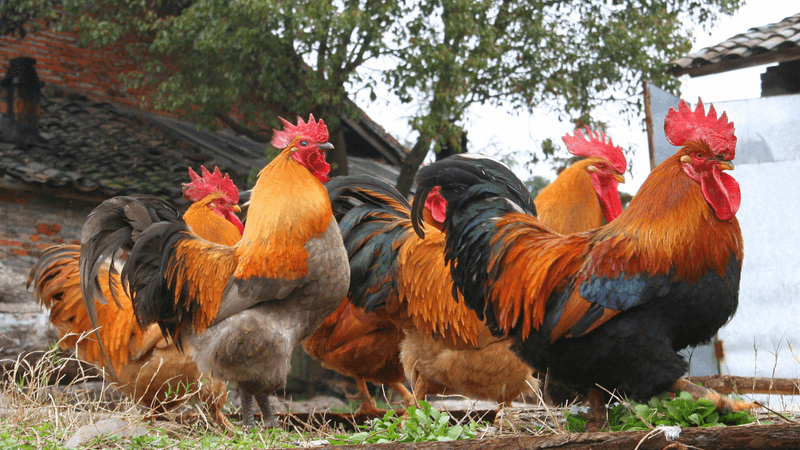
Roosters are crucial to the breeding process within a flock. They ensure the continuation of their species by fertilizing eggs, playing a vital role in reproduction.
Selection of roosters for breeding depends on traits like health, vigor, and temperament. The breeding behaviors of roosters contribute to the genetic diversity and resilience of the flock.
Their involvement in this natural cycle underscores their importance in maintaining the vitality of poultry populations.
Roosters in Art and Culture
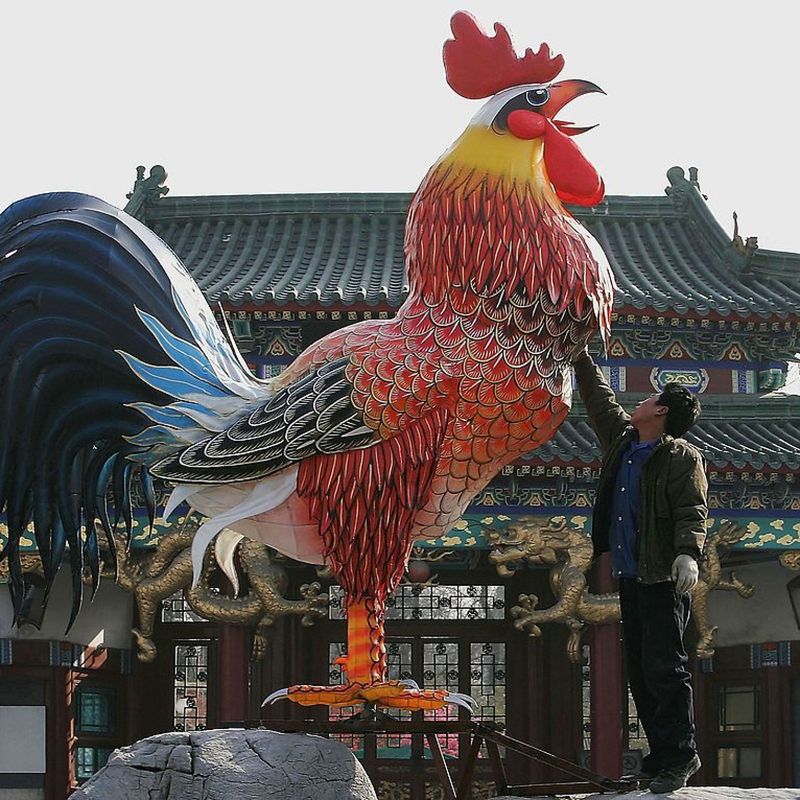
Roosters have inspired artists for centuries. In paintings, sculptures, and crafts, they symbolize a range of human emotions and ideals, from pride to vigilance.
Different cultures celebrate roosters in diverse ways, reflecting their unique perspectives and values. The portrayal of roosters in art enriches our understanding of cultural history.
These artistic expressions honor the rooster’s enduring influence and highlight its significance across various human societies.

